How Many Atoms Do We Have In Common With One Another?
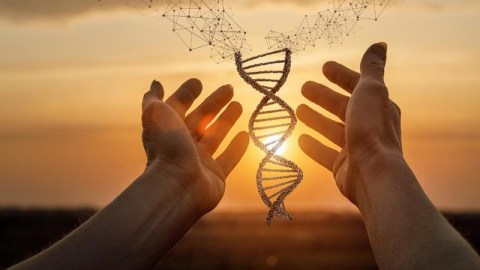
We all share atoms with every person, living or dead, on Earth. There’s more in common among us than you might think.
When you eat food, drink liquids, or even breathe in the air, many of those atoms wind up getting incorporated to your body. When you sweat, exhale, and either secrete or excrete matter from your body, those atoms go back into Earth’s biosphere, where they can eventually wind up getting incorporated into other people’s bodies. Here on Earth, everything is connected.
But how connected are we? In particular, how many of the atoms in our bodies were in another human’s body at some point? Do we share atoms in common with everyone alive today? With everyone who’s ever lived? With King Tut, Cleopatra, Julius Caesar, George Washington, etc.? The answer is fascinating: not only do we each have hundreds of billions of atoms that were once in everyone else’s bodies, but we have approximately 1 atom in our body from every breath that every human has ever taken. Here’s how we know.
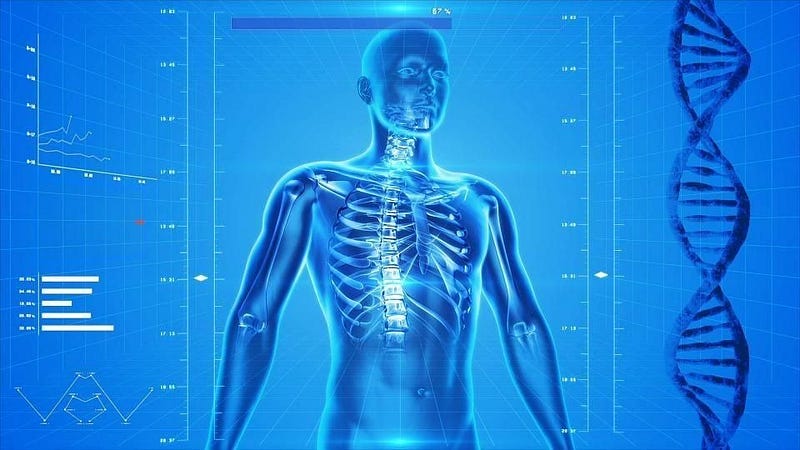
Let’s start by taking a look at what the human body actually is. You might think of yourself as a collection of your macroscopic organs and the cells that make them up. That you’re nothing but bones, muscles, skin, and the other organs inside of you. But from a cellular standpoint, that only makes up 4% of the cells in your body. The other 96% are split, roughly evenly, between your blood cells and bacterial cells that live on and in your body.
The blood cells (mostly red cells) live only for about 4 months apiece, at which point they’re broken down, their components are excreted, and replaced by new cells that were created in your bone marrow. Bacteria live everywhere that they can: there are around a million bacterial cells on every square inch of your skin, and tens of trillions of bacterial cells thriving in your digestive tract.
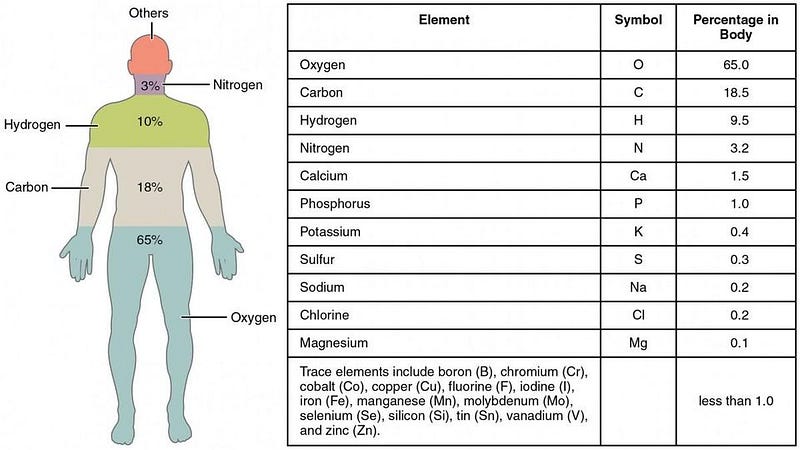
In terms of atoms, these cells are overwhelmingly made of just a few elements. By weight, the human body is:
- 65% oxygen,
- 18.5% carbon,
- 9.5% hydrogen,
- 3.2% nitrogen,
and about 4% everything else combined. That includes the calcium in your bones, the phosphorous critical to those ATP molecules, the sodium and potassium that are key to regulating your body’s neurons, and the sulfur, chlorine, and magnesium that play key roles in your body.
But even if we talk about only the four most common elements, we’re talking about remarkably large numbers of atoms. A human being, when you count up everything inside us, is actually an amazingly large collection of atoms: there are more atoms in your body than there are stars in the entire Universe.
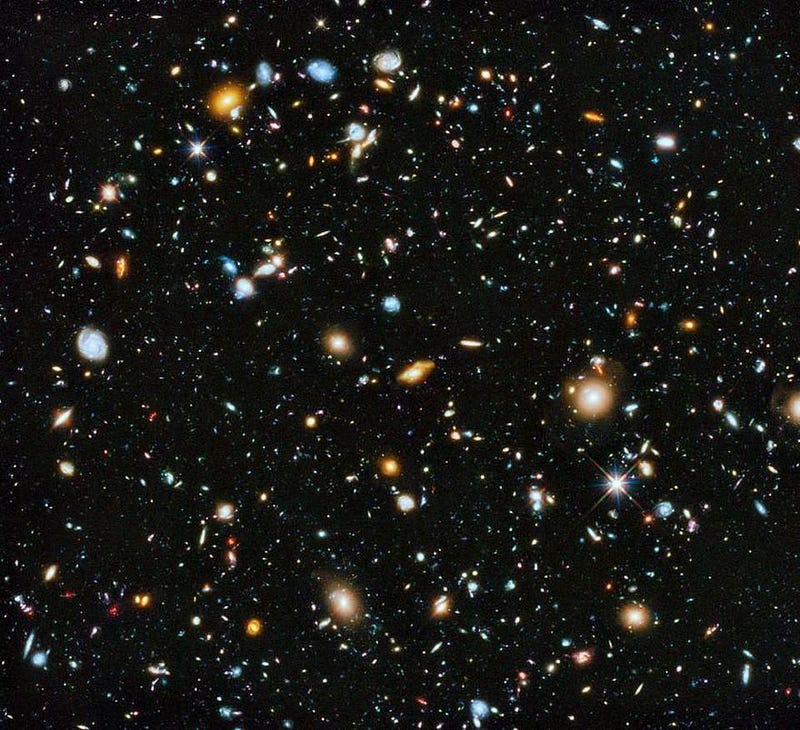
With each year that goes by, in fact, you might be surprised to learn that more than 90% of the atoms that were in your body are no longer there. Cells get broken down, taken into your bloodstream, filtered by your liver and kidneys, and large components of their contents are excreted. Meanwhile, you ingest and breathe in new atoms all the time, where your body assembles them into new molecules and cells. At any given moment in time, your body contains approximately (for an average-sized human):
- 4 × 10²⁷ hydrogen atoms,
- 2 × 10²⁷ oxygen atoms,
- 3 × 10²⁶ carbon atoms, and
- 8 × 10²⁵ nitrogen atoms.
These are enormous numbers, even by astronomical standards. And yet, we have to ask where they come from.
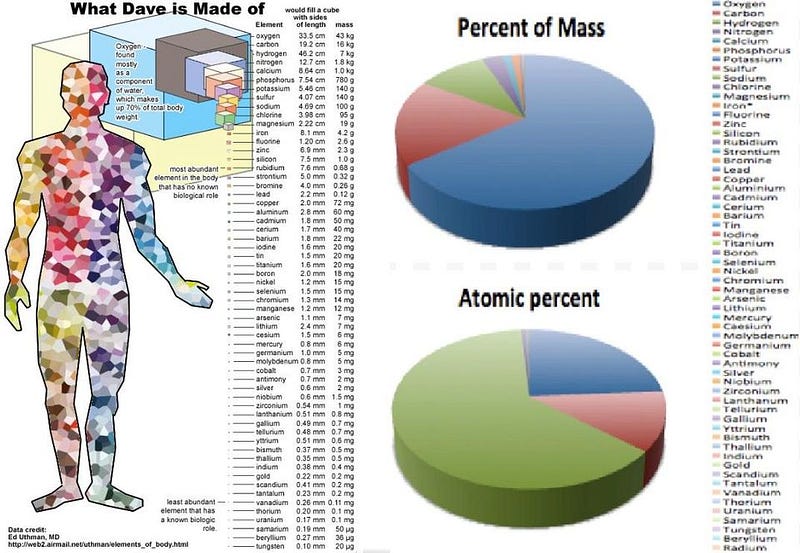
Almost all the oxygen and hydrogen in our bodies come from drinking water and breathing air. Meanwhile, most of the carbon and nitrogen in our bodies comes from the food we eat. This makes a difference: it’s easier for water and air to circulate all over the planet and mix well and thoroughly. Assuming that atoms are neither created nor destroyed — a really good approximation of reality — some fraction of the atoms of air you’re breathing in were once in someone else’s lungs throughout history, whether that’s Hitler, Caesar, Ramses, or Otzi the Iceman.
Given that hydrogen and oxygen comprise the greatest numbers of atoms in your body, and that the atmosphere and Earth’s watery bodies are where those atoms reside, this gives us a method of approaching the problem: by considering the number of atoms in the atmosphere and in all of Earth’s water.
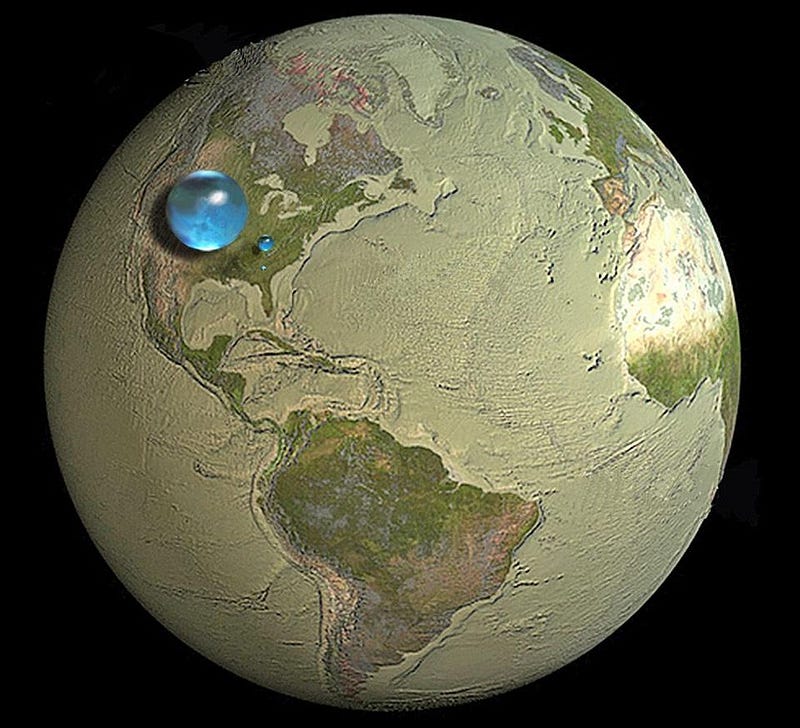
The Earth is a massive place with an enormous number of atoms, but most of those atoms are in the interior of our planet. The outer part of it — our planet’s biosphere — is the only component that we care about when it comes to the atoms we regularly interact with. Overall, the entire sum of all the watery bodies on Earth, including lakes, oceans, rivers, seas, icecaps, glaciers, etc., translates into about 0.02% of the planet’s mass: 1.35 × 10²¹ kg. The entire atmosphere, meanwhile, is about 1-part-in-a-million of the entire planet: 5.15 × 10¹⁸ kg.
When we do the math to convert these into atoms, here’s what we get:
- 4.1 × 10⁴⁰ oxygen atoms (atmosphere),
- 4.5 × 10⁴³ oxygen atoms (water), and
- 9.0 × 10⁴³ hydrogen atoms (water).
These are enormous numbers, especially compared to the number of atoms in a human body. But they aren’t big enough.

If you were to take all of the atoms in your body and let them return to the natural environment of the Earth, and you then thoroughly mixed all the air and water on the Earth, you’d realize a couple of spectacular facts.
- One out of every 21 quadrillion hydrogen atoms (2.1 × 10¹⁶ atoms) come from your body.
- One out of every 26 quadrillion oxygen atoms (2.6 × 10¹⁶ atoms) come from your body.
And this is true for everyone’s body, on average, when you consider the atoms that made them up a year ago.
But remember: the typical human body has 4 × 10²⁷ hydrogen atoms and 2 × 10²⁷ oxygen atoms in it! If each of us accumulates atoms randomly, that still means that each of us, on average, have hundreds of billions of atoms that were, a year ago, inside each and every other person on Earth. Hundreds of billions of atoms are in your body not only from me and everyone else on Earth, but also from dinosaurs that lived millions of years ago.
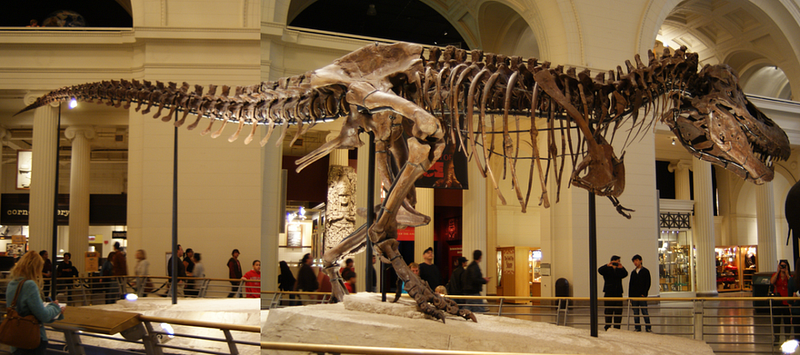
It’s only because atoms are so small, and there are so many of them inside each of us, that this is possible. If atoms were larger and more massive, and we were made of fewer of them, this would be a much more difficult proposition. But the reality is that we are made of extremely tiny building blocks, and there are more of them in each of us than there are kilograms in the Earth, stars in the observable Universe, or grains of sand in the entire Solar System.
In fact, right now, if you take a deep breath and then exhale, by the time a year goes by, approximately one atom from that breath will wind up in every other person on Earth’s lungs at any moment in time. In other words, you probably have approximately one atom from Caesar’s last breath in your lungs right now.
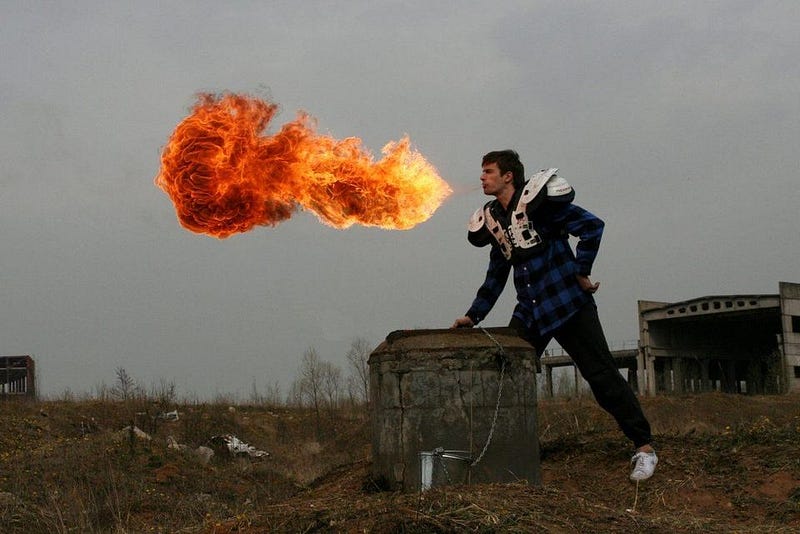
Our bodies might appear to remain roughly the same on a year-to-year basis, but the fact is that we’re actually expelling the atoms inside of us all the time:
- the carbon we exhale in carbon dioxide is the carbon that composes our bodies,
- the water that we excrete when we urinate is the hydrogen and oxygen from our bodies,
- and the other elements, in a combination of sweat, urine, and solid waste, also leave our bodies on a regular basis.
Meanwhile, we’re breathing air, drinking water, and eating plants and animals, and that brings new atoms into our bodies to replace the ones we’re constantly losing. Planet Earth is a roughly closed system as far as the atoms in our biosphere go, which means that, given enough time for things to sufficiently mix, these tiny, microscopic components of our world will inevitably spread wherever water and air are allowed to go.
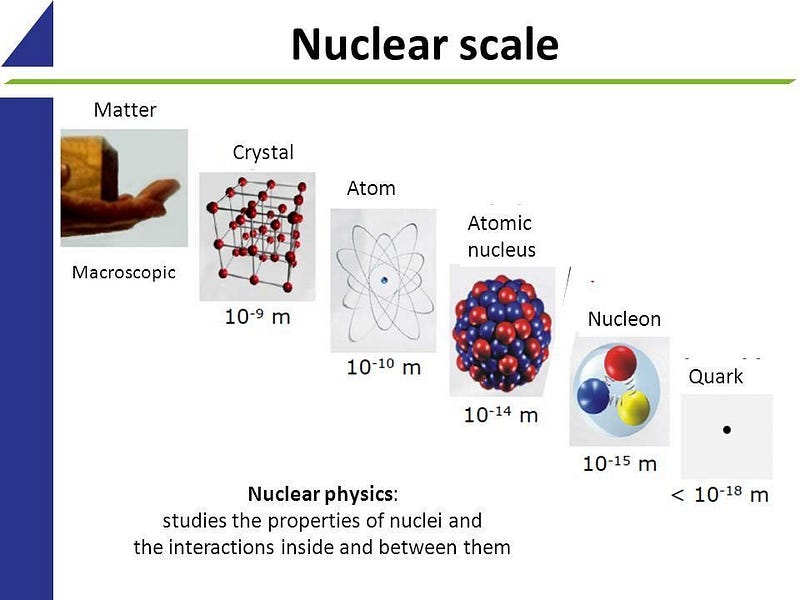
Every time you breathe in, you’re breathing atoms of air that were once inside another human being. Every time you take a drink of water, you’re drinking water that was once inside another human being. And every bite of food you take consists of atoms that were inside another person. We all share the same planet, the same biosphere, and — at a fundamental level — even the same atoms.
At an atomic level, we’re all incredibly deeply connected. Inside your body, right now, are hundreds of billions of atoms that were once inside each other human being on Earth. Throughout the generations and the aeons, those same atoms continue to make up everything: the atoms of the dinosaurs, the plants, the trilobites, and even the single-celled organisms that once dominated our planet are now inside you.
It’s your turn now. Make the most of it.
Ethan Siegel is the author of Beyond the Galaxy and Treknology. You can pre-order his third book, currently in development: the Encyclopaedia Cosmologica.





